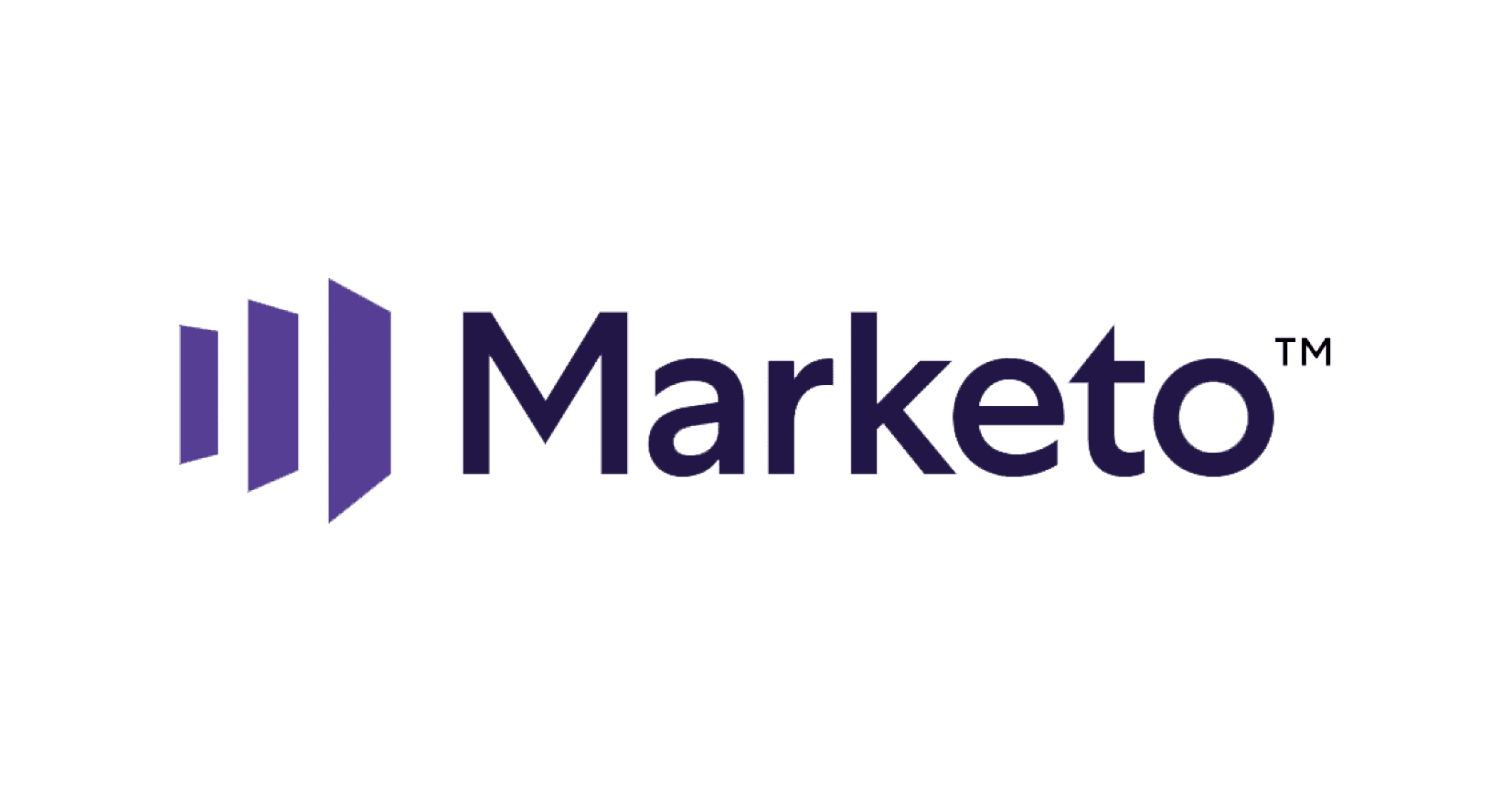- Premium features included
- No hidden costs or usage limits
- Scale from startup to enterprise



Here’s what you need to know upfront: Marketo costs around $40,000+ per year and is built for big companies with dedicated marketing teams. Mailchimp starts at $13/month and works great if you’re running a smaller business. The gap between them is huge.
I’ve spent months digging into both platforms, talking to actual users, and comparing real-world performance. What I found might surprise you. Mailchimp isn’t just “simple Marketo,” and Marketo isn’t always worth its premium price tag.
Both tools dominate their spaces for different reasons. Marketo handles complex B2B sales cycles where leads take months to convert. Mailchimp excels at getting small businesses up and running with email marketing in an afternoon. But there’s more to the story.
Marketo
Mailchimp
Target Market
Enterprise B2B
Small-Medium Business
Starting Price
~$40,000/year
$13/month (Essentials)
Free Plan
No
Yes (500 contacts)
Learning Curve
Steep (Months)
Easy (Hours)
Lead Scoring
Advanced
Basic
CRM Integration
Deep (Salesforce, etc.)
Basic
Customer Support
Dedicated Account Manager
Email/Chat
Setup Time
3-6 months
1-2 days
Marketo
Mailchimp
Email Marketing
Advanced personalization, dynamic content
Drag-and-drop builder, templates
Marketing Automation
Complex multi-channel workflows
Basic automation flows
Lead Management
Comprehensive scoring & routing
Basic lead capture
Analytics & Reporting
Advanced attribution, custom dashboards
Standard metrics, easy reports
Segmentation
Behavioral & demographic targeting
List-based segmentation
Landing Pages
Custom, integrated
Basic templates
Social Media
Limited
Integrated ads management
API & Integrations
Enterprise-grade
300+ app integrations
Think of Marketo as the Swiss Army knife of marketing automation—except it’s more like a professional mechanic’s toolbox. You can do almost anything with it, but you better know what you’re doing.
The lead scoring alone is impressive. Marketo tracks every click, download, and website visit, then assigns points based on behavior. Sales teams get a ranked list of hot prospects instead of fishing through random leads. The account-based marketing features let you target specific companies with surgical precision.
But here’s the thing—Marketo feels like software built by engineers for engineers. The interface looks like it hasn’t been updated since 2015. New users often spend their first month just figuring out where everything is located.
Mailchimp took the opposite approach. They built something your mom could use to send a newsletter about her book club. The drag-and-drop editor actually works the way you’d expect it to.
The recent AI features are surprisingly helpful. The platform suggests subject lines, optimal send times, and even content ideas based on your industry. For e-commerce businesses, the Shopify integration is seamless—abandoned cart emails set up in minutes, not hours.
Where Mailchimp falls short is complexity. Try building a multi-step nurture sequence that branches based on engagement, and you’ll quickly hit the platform’s limits. It’s designed for straightforward email marketing, not complex automation workflows.
Marketo
Mailchimp
Entry Level
Growth: ~$40,000/year
Essentials: $13/month
Mid-Tier
Select: Custom pricing
Standard: $20/month
Premium
Prime: $75,000+/year
Premium: $350/month
Enterprise
Ultimate: $100,000+/year
Custom pricing available
Setup Costs
$10,000-50,000
None
Training Required
$5,000-25,000
Self-service
Marketo’s pricing is honestly brutal for smaller companies. The average contract runs over $112,000 annually, and that’s before setup costs. Large enterprises sometimes pay seven figures.
Mailchimp starts reasonable but can get expensive fast. A business with 50,000 contacts might pay $800+ monthly on the Standard plan. The free tier is genuinely useful for getting started, though.
Marketo
Mailchimp
Available
No free plan
Yes
Contacts
No free plan
500
Monthly Emails
No free plan
1,000
Automation
No free plan
1 automation
Templates
No free plan
Basic library
Support
No free plan
30 days email
Branding
No free plan
Mailchimp logo
Analytics
No free plan
Basic reports
Mailchimp’s free plan is one of the few that doesn’t feel like a marketing gimmick. You get real automation, professional templates, and basic analytics. Perfect for testing the waters.
Marketo
Mailchimp
Marketo shines when you need serious horsepower. The automation capabilities are unmatched—you can build workflows that would make a software developer proud. Lead scoring goes deep, tracking not just email engagement but website behavior, content downloads, and social media interactions.
The Salesforce integration is seamless. Marketing and sales teams actually share data instead of working in silos. Account-based marketing features let you coordinate campaigns across multiple touchpoints for high-value prospects.
The downside? Everything takes forever to set up. One user told me their implementation took eight months and required hiring a dedicated Marketo specialist. The interface feels clunky compared to modern tools. And the cost—well, you could buy a nice car for what some companies spend annually.
Mailchimp wins on ease of use. I’ve watched complete beginners create professional-looking campaigns in under an hour. The template library is extensive, and the drag-and-drop editor rarely breaks things.
E-commerce features work well out of the box. Product recommendations, abandoned cart recovery, and customer segmentation happen automatically once you connect your store. The mobile app is surprisingly capable for managing campaigns on the go.
Where it disappoints: Advanced users quickly hit walls. The automation builder is basic compared to dedicated platforms. Deliverability rates around 77% lag behind premium providers. And pricing jumps significantly as your list grows—some users report feeling “trapped” as costs escalate.
Marketo scores 4.1/5 stars from enterprise users who appreciate its depth but warn about complexity. One marketing director put it bluntly: “Marketo is incredibly powerful for lead management, but you need someone who eats, sleeps, and breathes marketing automation to run it properly.”
Mailchimp rates 4.3/5 with small business owners praising its simplicity. A restaurant owner shared: “We went from sending zero marketing emails to having automated welcome sequences running in one afternoon. Game changer for our business.”
The pattern is clear—Marketo users love the features but hate the learning curve. Mailchimp users appreciate the ease but sometimes outgrow the platform’s capabilities.
Capterra data shows similar trends. Marketo earns 4.2/5 from users who stick with it long-term. Common praise: comprehensive features and excellent Salesforce integration. Common complaints: outdated interface and slow customer support.
Mailchimp gets 4.5/5 from users who value its visual design and training resources. But growing businesses frequently mention hitting feature limitations and considering platform switches.
This is where things get interesting. Marketo barely appears on Trustpilot—enterprise software typically doesn’t generate consumer reviews. The few reviews available focus on technical capabilities and implementation challenges.
Mailchimp’s 1.4/5 Trustpilot rating tells a different story. Recent reviews reveal frustration with pricing changes, account suspensions, and support responsiveness. Users particularly criticize unexpected overage charges and reduced free plan features.
Reddit discussions reveal growing dissatisfaction with both platforms, but for different reasons. Marketo users on r/marketing frequently discuss alternatives due to cost and complexity. Many suggest considering HubSpot or Pardot for similar functionality at lower price points.
Mailchimp criticism centers on recent changes—pricing increases, feature restrictions, and what users see as aggressive upselling tactics. Popular alternatives mentioned include Sender.net, Brevo, and MailerLite for better value.
The takeaway? User satisfaction correlates strongly with choosing the right tool for your actual needs, not just your aspirations.
Choosing between Marketo and Mailchimp is like choosing between a Formula 1 race car and a reliable sedan. Both get you where you’re going, but the experience—and cost—couldn’t be more different.
Go with Marketo if: You’re an enterprise with complex B2B sales cycles, dedicated marketing ops staff, and a six-figure marketing budget. The learning curve is steep, but the automation possibilities are endless.
Choose Mailchimp if: You’re a small to medium business that needs reliable email marketing without the complexity. It’s perfect for getting started and grows reasonably well with your business.
Consider alternatives: The email marketing space has evolved beyond these two options. Sender offers advanced features at budget-friendly prices. HubSpot provides comprehensive CRM integration for mid-market companies. ActiveCampaign bridges the gap between simplicity and automation power.
My recommendation? Most businesses starting out should try Mailchimp’s free plan first. If you find yourself constantly hitting limitations, then explore more powerful alternatives. Skip Marketo unless you have enterprise-level needs and budget to match.
The best marketing automation platform is the one you’ll actually use consistently. Sometimes simpler really is better.
